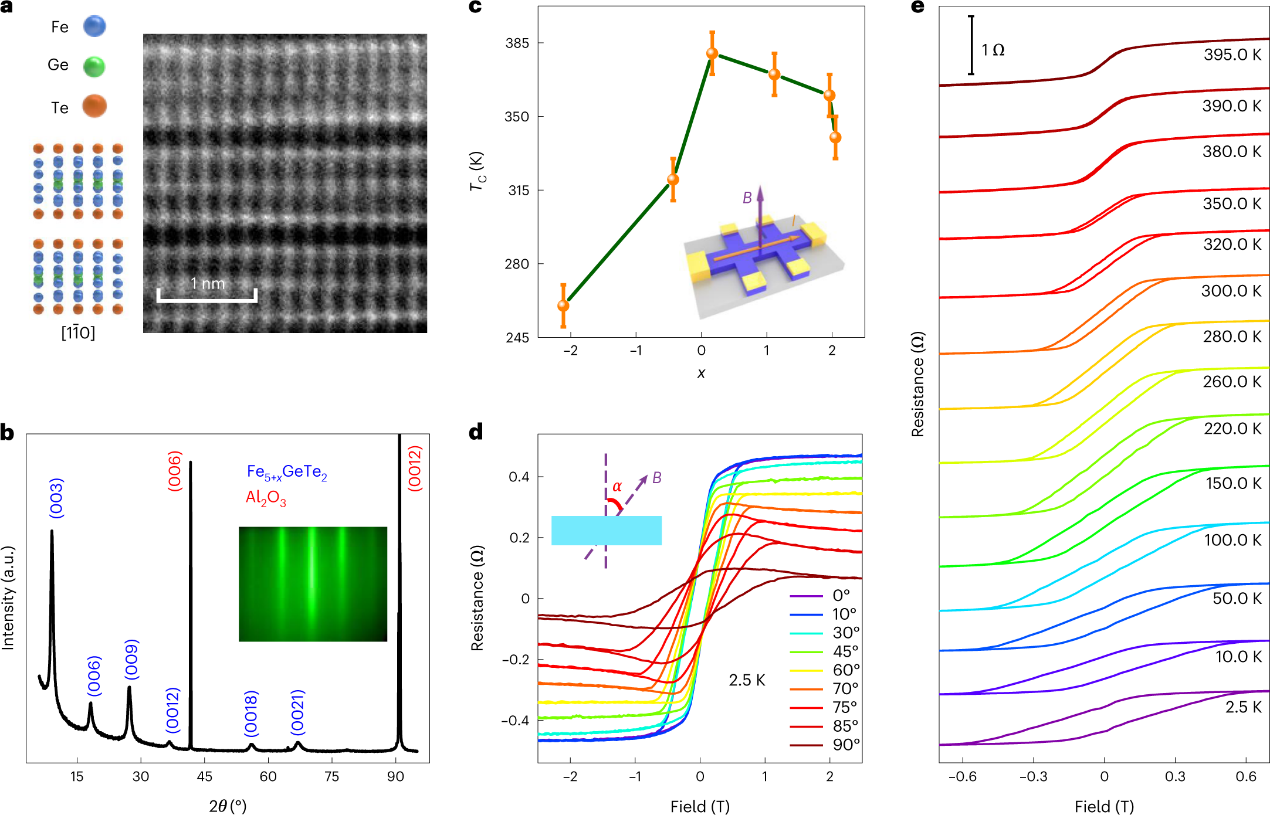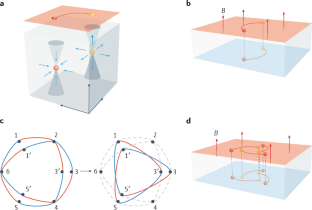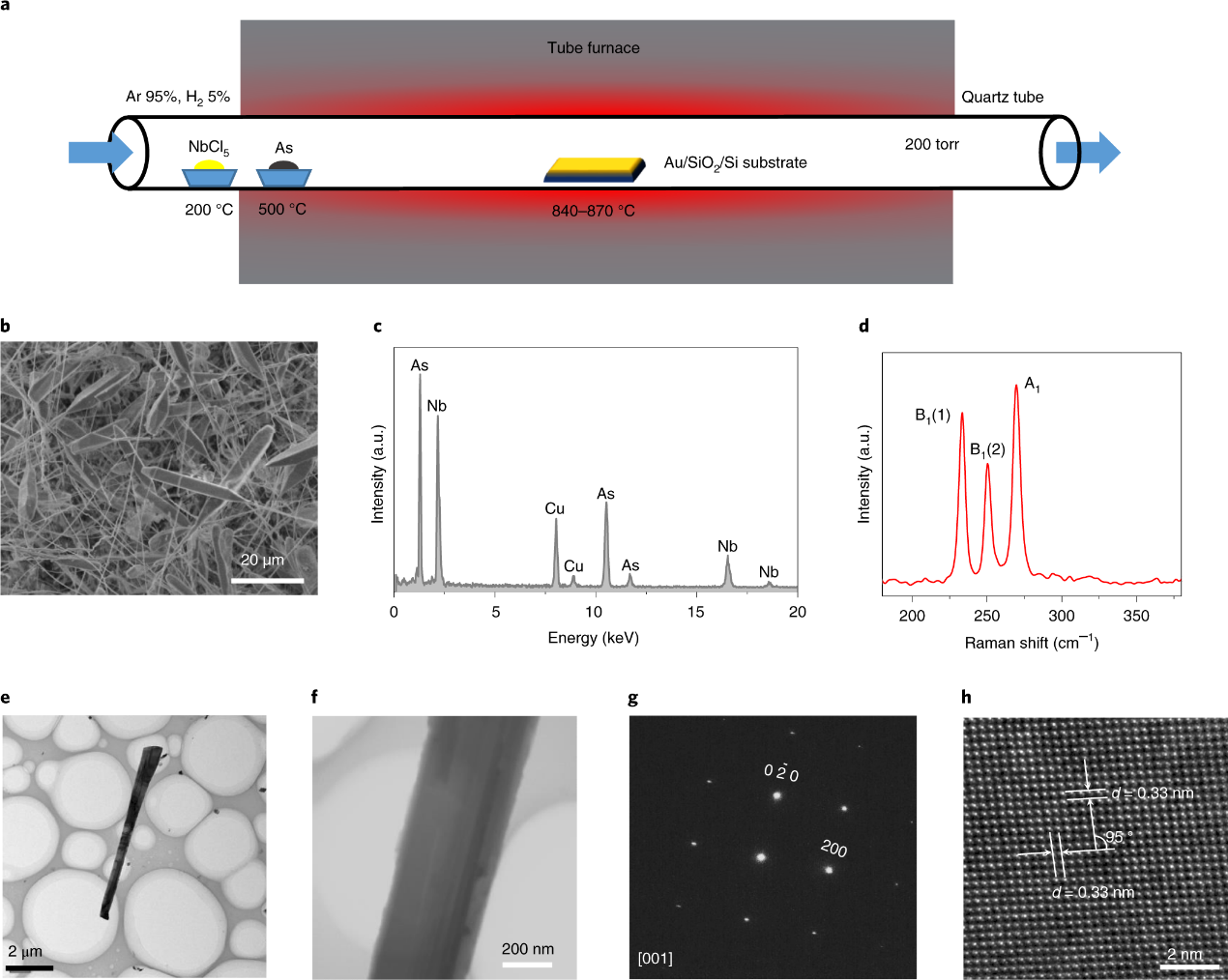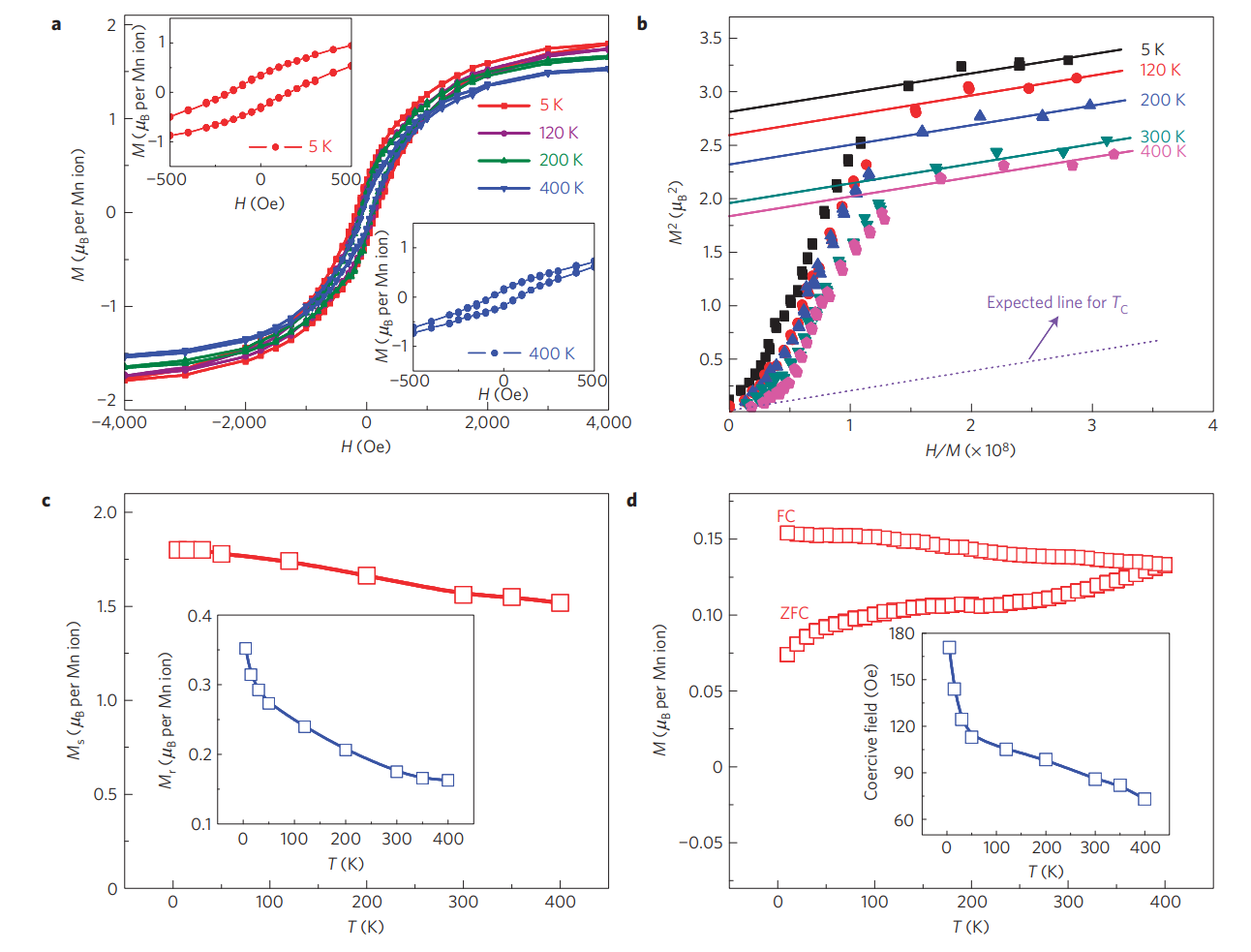Welcome to the Frontiers Quantum Materials Laboratory!
The Frontiers Quantum Materials Laboratory is dedicated to studying the unique physical properties and potential applications of quantum materials. The laboratory's main research directions are focused on several important areas, including topological Dirac quantum materials, twisted graphene materials, two-dimensional superconductors, magnetic heterostructures, and photodetectors based on low-dimensional atomic crystals.
Quantum materials are a class of materials with unique physical properties that originate from quantum mechanics. Quantum materials have novel electronic behavior, band structures and other characteristics, exhibiting novel physical phenomena and transport behavior. Compared with traditional materials, quantum materials are more suitable for developing high-performance electronics and information technology, such as quantum computing, quantum communication, and optoelectronic devices. By manipulating and utilizing the internal quantum effects of materials, the laboratory is committed to revealing the physical properties of quantum materials and exploring their potential applications in cutting-edge technologies.
One important research direction is topological Dirac quantum materials. These materials have unique band structures and peculiar topological electronic states. The most famous example is topological insulators. Although there is an energy gap in the bulk state, due to the topological protection, there are gapless surface states that can support dissipationless charge transport. Through the study of transport properties, our aim is to reveal their potential applications in quantum computing and advanced electronics.
Another research area is twisted graphene materials. Twisted graphene is formed by overlaying two layers of graphene with a specific rotation angle, and when the rotation angle is about 1.1 degrees (the magic angle), the twisted system will produce a moiré pattern, which changes its band structure. The resulting flat band induced by the electronic behavior of the twisted system further alters the electronic behavior of the system and induces the emergence of various strongly correlated phases. By studying the electron transport properties of twisted graphene, we are committed to advancing our understanding of the novel physical phenomena in this system, including electron strong correlation, topology, and magnetism.
Two-dimensional superconductors are also one of our key research areas. By confining superconductivity in ultra-thin two-dimensional atomic layers, we aim to reveal new superconducting phenomena and mechanisms, and study the potential applications of these materials in quantum information processing.
In addition, we also conduct research on magnetic heterostructures. These heterostructures are composed of different materials and exhibit diverse magnetic properties. By studying the magnetic exchange coupling, spin transport, and control of magnetism inside magnetic heterostructures, we aim to pave the way for innovative spin electronics devices and information storage technologies.
Furthermore, we also carry out research on photodetectors based on low-dimensional atomic crystals. These materials have excellent photoelectric conversion efficiency and fast response times, making them ideal choices for high-performance photodetectors. By studying the characteristics of low-dimensional atomic crystals and exploring their applications in photodetector devices, we aim to promote the development of fields such as communication, imaging, and sensing.
The Frontiers Quantum Materials Laboratory has advanced experimental facilities and equipment, enabling cutting-edge research on quantum materials. We encourage interdisciplinary collaboration and exchanges, and maintain close interaction with leading research institutions both domestically and internationally. The Frontiers Quantum Materials Laboratory is committed to pushing the boundaries of scientific knowledge and translating research results into real-world applications. Through the study of topological Dirac quantum materials, twisted graphene, two-dimensional superconductors, magnetic heterostructures, and low-dimensional atomic crystal photodetectors, we aim to contribute to the development of quantum materials science and promote technological innovation.
We warmly welcome students and researchers who are passionate about quantum materials to join our team and embark on an exciting journey at the forefront of scientific exploration. Let us together explore the potential of quantum materials and shape the future of technology!
















